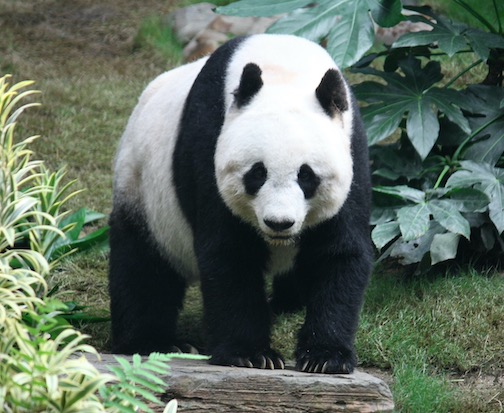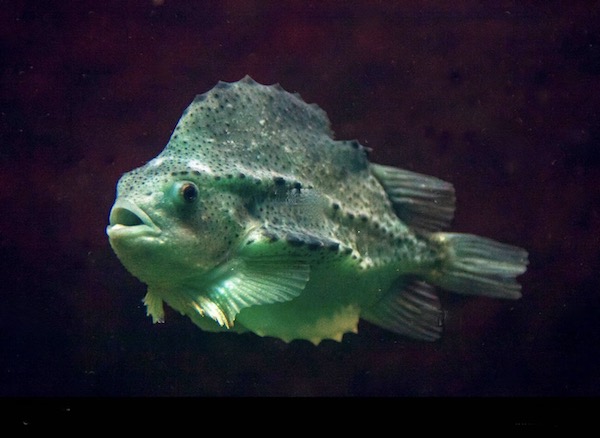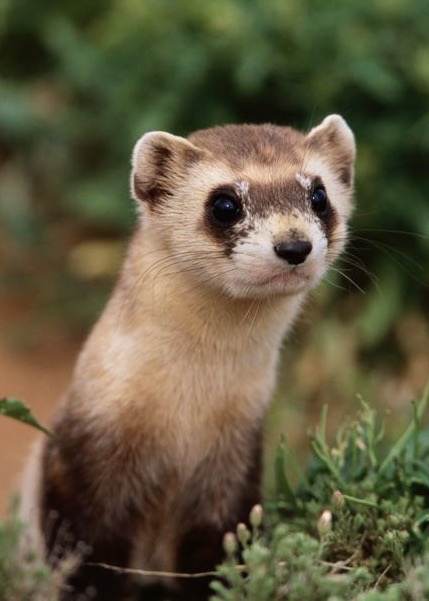“More than almost any other animal we know of, lumpsuckers are attentive to their own population size. They come together and make group decisions based on it. And they’re the most intelligent fish on the planet. I believe they could be taught to grasp what was happening to them. And they could be witnesses to their own extinction.” – Resaint, talking to Halyard.
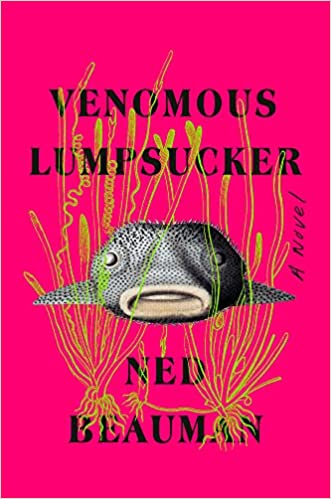 I confess that the minute I saw the bizarre title of this book, I was hooked and ready to read it. I was familiar with The Teleportation Accident, one of British author Ned Beauman’s earlier novels, which I reviewed in 2013, and I was interested to see how he had developed as an author since then. The Teleportation novel takes place in Germany in 1931-1939, and, not surprisingly, ricochets around wildly in time and place as pre-World War Two political events occur. Beauman’s amazing descriptive talents and unfettered imagination make that book truly unique, though it requires a good deal of patience, at least for readers like me, significantly older than the thirty-seven year-old author and more apt to “run out of breath” trying to follow the non-stop story lines. Venomous Lumpsucker is as imaginative and offbeat as The Teleportation Accident, but it is far more complex structurally, taking place a few decades from now in a time in which the world has truly changed. The disasters we all fear in our worst nightmares have already begun in Venomous Lumpsucker, and climate change is just one of the problems. Thousands of life forms have become extinct, and in order to live and work, society has needed new economies, complete with “extinction credits,” which have evolved into free-for-alls overseen by corporations. Countries have changed or canceled borders. In what used to be Europe, scientists have set up new economies on floating islands, with free market research centers and biobanks to preserve life, both human and animal, even when that life exists only on the cellular level, and both main characters here are involved in animal research and the international effects of their discoveries.
I confess that the minute I saw the bizarre title of this book, I was hooked and ready to read it. I was familiar with The Teleportation Accident, one of British author Ned Beauman’s earlier novels, which I reviewed in 2013, and I was interested to see how he had developed as an author since then. The Teleportation novel takes place in Germany in 1931-1939, and, not surprisingly, ricochets around wildly in time and place as pre-World War Two political events occur. Beauman’s amazing descriptive talents and unfettered imagination make that book truly unique, though it requires a good deal of patience, at least for readers like me, significantly older than the thirty-seven year-old author and more apt to “run out of breath” trying to follow the non-stop story lines. Venomous Lumpsucker is as imaginative and offbeat as The Teleportation Accident, but it is far more complex structurally, taking place a few decades from now in a time in which the world has truly changed. The disasters we all fear in our worst nightmares have already begun in Venomous Lumpsucker, and climate change is just one of the problems. Thousands of life forms have become extinct, and in order to live and work, society has needed new economies, complete with “extinction credits,” which have evolved into free-for-alls overseen by corporations. Countries have changed or canceled borders. In what used to be Europe, scientists have set up new economies on floating islands, with free market research centers and biobanks to preserve life, both human and animal, even when that life exists only on the cellular level, and both main characters here are involved in animal research and the international effects of their discoveries.

Ned Beauman. Photo by Alice Neale
With an overlay of dark humor and irony throughout, author Ned Beauman presents two young people involved in animal research and the international effects of their discoveries. Karin Resaint, a Swiss woman, working independently for the Brahmasamudrum Mining Company, is trying to determine the intelligence of a fish called the Venomous Lumpsucker. If, as the company hopes, it is deemed unintelligent, they will be able to let it go extinct and use their “extinction credits” to promote future projects. Resaint, however, has discovered that this fish exceeds the threshold of “intelligence,” and she plans to recertify it as intelligent under the terms of the World Commission on Species Extinction. Everyone agrees that “to lose an intelligent species was the gravest loss of all…[but] such extinctions could not be prohibited outright – that would not be a noble free market solution.” It is the “extinction credits,” which companies earn from the World Commission on Species Extinction, which make it possible for new species and new life to be developed.
Mark Halyard, the other main character, is a thirty-eight-year-old Australian who has become the Environmental Impact Coordinator for Northern Europe. One evening on his way to a conference outside Copenhagen, his taxi is almost hit by a meteorite/tumor made of germ cells from an unknown and unlicensed lab using DNA bootlegged from Chiu Chiu, the world’s last giant panda. The tumor “had been launched from a catapult as a protest against what Halyard did for a living,” targeting “his” extinction industry and specifically the extinction credits and the financial crisis they have created. Nobody really seems to care about the various extinct animals individually. Once the data is in a database, it’s “just going to sit there forever, like some moldy old library book that nobody will ever read.”
Despite his fancy title, Halyard is not working independently, working instead for the giant Brahmasamudram Mining Company, hoping to certify that the venomous lumpsucker is not intelligent – the opposite of Resaint’s research – and, is therefore, eligible to go extinct and gain extinction credits for the company. When six major biobanks, which hold the genetic information and samples for all extinct species in the world, are attacked and destroyed, however, the controls and research on past extinctions have been cancelled by fate. The future of the world will now depend on using extinction credits for new development, independent of the past. Extinction credit prices soar. Unfortunately for Halyard, who has gambled secretly on the price of extinction credits owned by Brahmasamudram before the biobank attacks, he now owes the company a huge sum which he has no way of repaying. He can only hope to avoid being caught.
When Resaint and Halyard decide to go to Sanctuary North, near Estonia, the story becomes more complex. At this point, the World Commission on Species Extinction has decided to offer extinction credits for every endangered species that is saved, not allowed to die out, and Resaint and Halyard are interested in seeing how this works. They are greeted at the gates by a guide wearing a fuzzy costume resembling a large otter or ferret and insisting that both Resent and Halyard also wear the costume. This man is trying to save the black-footed otter, the world’s most endangered species, and he does not want to confuse his otter pups by exposing them to other species. Resaint and Halyard also learn is that if a saved species later goes extinct, then whoever got the extinction credits for saving it, must give back the credits, so the urge to save the otters also has a financial side, too. Soon they discover that most of what they see in Sanctuary North is a sham. Further travel leads to further horror shows.
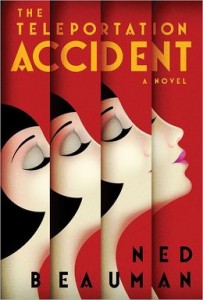
An earlier work by Beauman, which won the Somerset Maugham Award, 2013.
The novel is complicated, with wild changes of focus, trips into totally uncharted territory, and characters who, at times, do not even feel human. There is no love story or a sense of real caring for others, and the novel sometimes feels disorganized, though Beauman is clever, and his ability to soften some of the miserable eventualities with humor keeps the reader going. For some, that humor may not be enough; for others it will highlight the absurdities the characters face. Author Beauman focuses his microscope on the future and the evidence that climate change, often ignored or promoted by humans with financial motives, is a sadly real and ultimately terrifying prospect. His overall mood is one of sadness presented with such realism that the story line requires two epilogues to resolve.
Photos. The author’s photo is from https://www.nedbeauman.co.uk Photo by Alice Neale.
The Giant Panda appears on https://commons.wikimedia.org Photo by J. Patrick Fischer.
Cyclopterus lumpus, a common variety, may be found on alamy.com
The Black-Footed Otter is from https://www.pinterest.com
A review of The Teleportation Accident may be found here: http://marywhipplereviews.com
